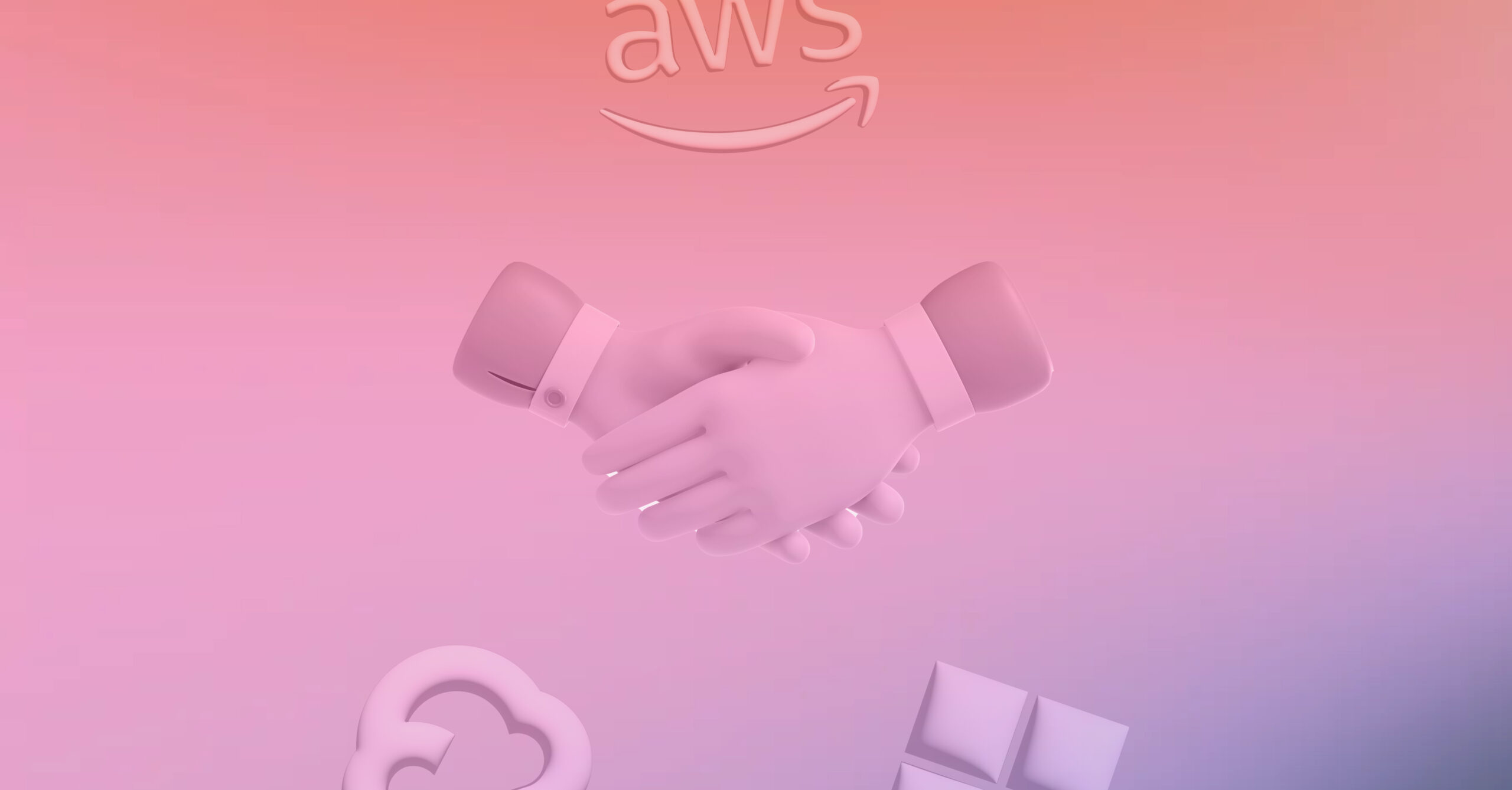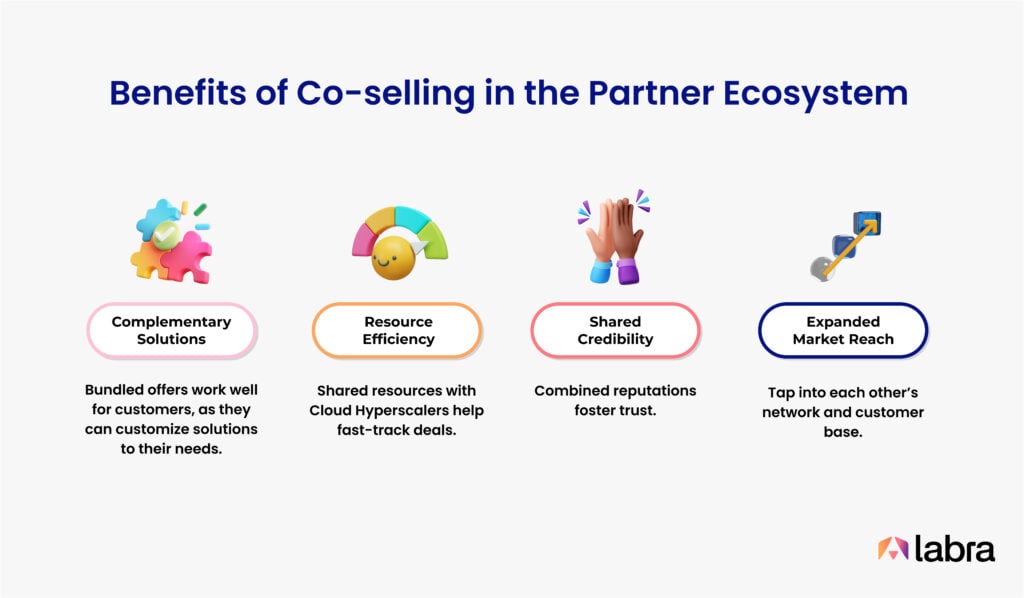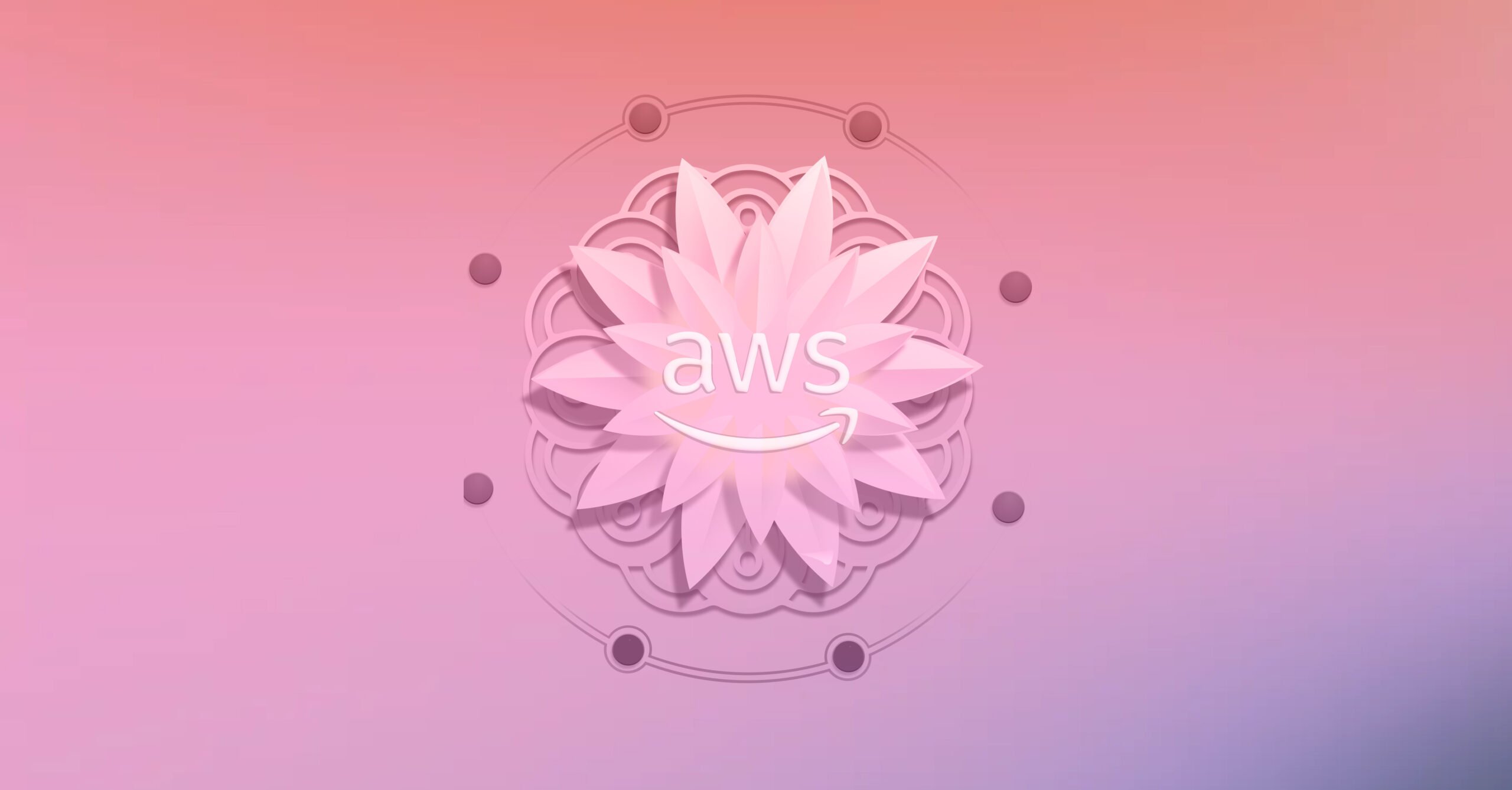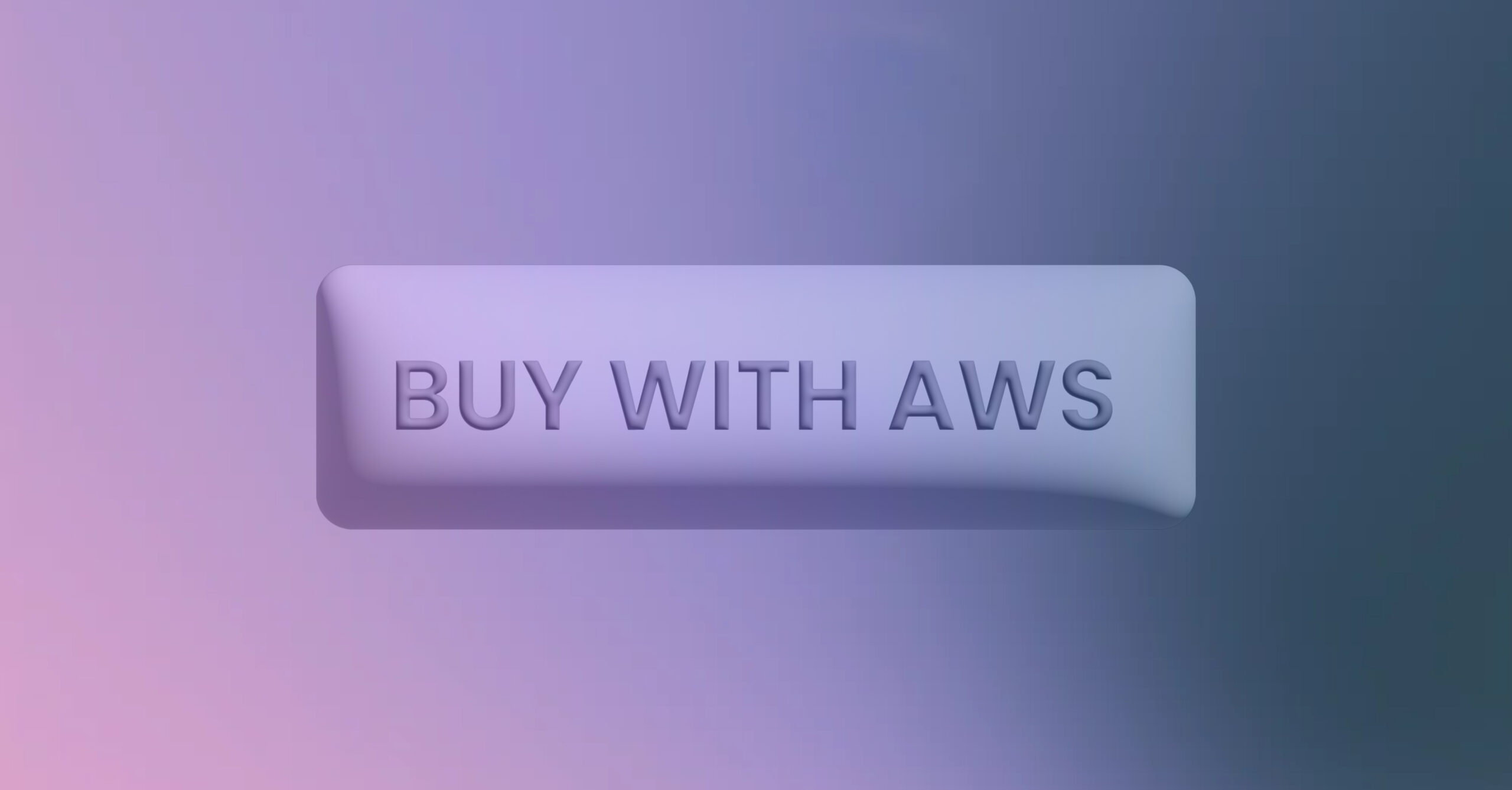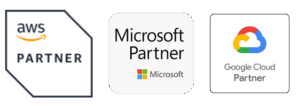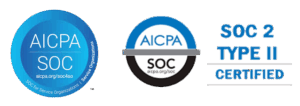Co-selling has evolved from a buzzword into a strategic revenue engine. Especially in the cloud ecosystem, it’s one of the pillars of ecosystem-led go-to-market.
As we head deeper into 2025, successful companies are teaming up with cloud hyperscalers, resellers, and ecosystem partners to win bigger deals faster.
In this guide, you’ll learn what modern co-selling looks like, the tools and tactics that work, and how to navigate the new rules of engagement with cloud providers like AWS, Microsoft, and Google Cloud.
This is for anyone looking to start or scale a partner-led motion.
What is Co-selling And Why Does It Work?
Let’s start with the basics.
Co-selling is a collaborative sales strategy where two or more companies join forces to sell complementary products or services to a shared customer base. Think of it as a strategic tag team — each partner brings relationships, credibility, and differentiated value to close deals faster.
Why it works: Customers trust recommendations from vendors they already know—and that trust transfers when you co-sell with a respected partner. A 2024 Canalys study reports that AWS co-selling partners achieved higher average revenue growth, higher close rates, and larger deals.
What Are The Benefits Of Co-selling In The Partner Ecosystem?
Complementary Solutions = Bigger Wins
Co-selling allows companies to deliver bundled value. For example, a CRM provider partnering with a customer support platform can offer an end-to-end customer management solution. The customer wins with a more comprehensive offering, and both partners win with higher deal value.
Resource Efficiency
Co-selling leverages shared resources, like sales teams, marketing collateral, and customer insights. This means lower customer acquisition costs and higher ROI on every deal.
Shared Credibility = Faster Trust
When two brands collaborate, they combine reputations. If one partner has a long-standing relationship with a customer, introducing a co-sell partner is a warm lead, often much warmer than a cold outreach. This accelerates trust, which is the foundation of every sale.
Expanded Market Reach
Each partner brings their own customer base and network into the mix. This gives both companies access to new segments and accounts they might not have reached otherwise — without the overhead of building those relationships from scratch.
Co‑Selling with Top Cloud Providers: AWS, GCP & Azure
When you co‑sell with a hyperscaler, you are aligning your go‑to‑market motions with their field sales teams, unlocking enterprise reach, accelerating deal velocity, and activating built‑in cloud budgets.
AWS – Partnering via Co‑Sell and ISV Accelerate (SaaS Co‑Sell Benefit)
- ISVs first register in the AWS Partner Network (APN), join ACE (APN Customer Engagement), and then invite their solutions into ISV Accelerate or the broader SaaS Co‑Sell Benefit. In re:Invent 2024, AWS expanded its SaaS Co-sell benefits program to all ISV Accelerate partners transacting through its Marketplace. Previously, it was an invite-only program.
- AWS has developed a 6-step strategy to help ISVs scale on their Marketplace – Characteristics of Successful Sellers (COSS) framework.
- APN Programs – Join APN programs to unlock co-selling and AWS support.
- Product Selection – List top offerings on the Marketplace with easy buying options.
- Operational Excellence – Automate and scale sales and ops processes.
- Marketplace Revenue Commitment – Set clear revenue goals tied to Marketplace.
- Sales Alignment – Train and comp sales teams to sell via Marketplace.
- Enablement – Provide ongoing training across all teams.
- Why it matters:
- AWS sellers receive quota credit when they co‑sell your solution — an incentive for prioritization.
- Co‑selling in AWS Marketplace yields 65% higher close rates, 51% faster average revenue growth, and larger deal sizes overall.
- Your product surfaces automatically in AWS internal tools and recommendation engines, boosting field awareness and inbound demand.
Pro tip: Work with your AWS Partner Development Manager (PDM/PDR) to set business objectives, adopt AWS Marketplace as a central channel, and invest in co‑sell training and sales enablement for your team.
For a detailed breakdown, check out Co-selling with AWS: A Guide to Driving Joint Success.
Google Cloud – Building and Leveraging Partner Advantage & Marketplace
- Google Cloud’s Partner Advantage program offers levels — from Member to Premier Partner — unlocking incentives, technical training, partner directory placement, and go‑to‑market collaboration opportunities.
- Best practices:
- Join Partner Advantage and list your solution on Google Cloud Marketplace.
- Build a strong “Better Together” narrative aligning your solution with Google Cloud’s strengths (AI, data, security, industry focus).
- Actively identify and share sales opportunities with Google reps early.
- Engage in meaningful co-sell ( workshops, POCs, assessments, migrations) & co-marketing activities (campaigns, webinars, and events).
- Set up internal co-sell playbooks and cadences: pipeline tracking, CRM sync, regular reviews.
- Start with focused pilot engagements and scale incrementally across sectors or regions.
-
- Why it matters:
- Co‑sell partners benefit from reduced procurement friction and tighter integration with enterprise buyer workflows.
- Google Cloud co‑sell arrangements boost win rates and help partners expand into new markets – in the first half of 2023, Google Cloud saw a 200% increase in co-sell bookings.
- Why it matters:
Pro tip: Apply for the Partner Advantage program, earn certifications or specializations that validate your solution, and publish your solution on Google Cloud Marketplace. Once listed, leverage co‑marketing and joint selling engagements with Google’s team to close deals more effectively.
For a detailed breakdown, check out Co-selling with Google Cloud Platform: A Guide to Driving Joint Success.
Microsoft Azure – Marketplace-Centered Co‑Sell via Partner Center
- Microsoft defines co‑sell as working jointly with Microsoft field sellers or other Microsoft partners to convert shared customer opportunities. These opportunities may originate from Microsoft or a partner, and they map to several co‑sell categories.
- Best Practices:
- Join the Microsoft AI Cloud Partner Program to become a recognized Microsoft partner.
- List a transactable offer on the Microsoft commercial marketplace — meaning it includes the “Get it Now” button — and work toward Azure IP co-sell eligibility.
- To qualify for Azure IP co-sell, you’ll need to be an active Microsoft partner with a complete business profile and an Azure-based offer that is transactable, has passed technical validation, and has generated at least $100K in either Marketplace Billed Sales (MBS) or Azure Consumed Revenue (ACR).
- Once qualified, and with your readiness assets in place, your solution becomes eligible for Microsoft field co-sell support.
- Why it matters:
- You gain exposure and access to Microsoft seller pipelines.
- Once IP-eligible, your purchases can contribute toward customer Azure Consumption Commitments (MACC), unlocking quota‑retirement benefits for Microsoft sellers.
Pro tip: Polish your Marketplace listing with clear solution value, visuals, pricing tiers, and sales assets. Engage your Microsoft partner rep, and monitor KPIs like pipeline, closed revenue, co‑sell attach rates, and Azure consumption influence.
Co-selling vs. Reselling: What Is The Difference?
Although they seem similar, co-selling and reselling are vastly different.
Here’s a short table describing the differences.
| Aspect | Co-selling | Reselling |
| Definition | A sales motion where two companies come together to sell their complementary solutions. | A business model where authorized organizations buy software licenses and sell your solution to end users. |
| Partners | Ecosystem partners (Cloud partners, hardware partners, MSP partners, etc.) | Authorized resellers. |
| Buyer expectations | Integrated/bundled solution tailored to needs. | Your product delivered/fulfilled by the reseller. |
| Incentives | Deal referrals, and co-sell, co-build, and co-marketing activities.
|
Deal registration on wins. |
Running a Successful Co-sell Program: The Right Tools Make Or Break Your System
While co-selling opens up numerous opportunities for ISVs, the day-to-day operations can be tiresome.
Some of the top challenges ISVs face are:
- Finding the right co-selling program
Each hyperscaler has its own co-sell program with unique rules, tiers, incentives, and compliance requirements. Navigating these frameworks and staying eligible can be overwhelming. - Manual Workflows
Manual co-sell processes still involve cutting and pasting deal information from your CRM into the Cloud Portals. This can take up to 15 minutes per deal. That’s an hour wasted just for four deals. Besides, it is easy to lose track of opportunities and hard to scale across multiple partners or regions. - Inconsistent Attribution
Tracking partner influence on closed deals can be tricky. Without clear attribution or reporting, it’s hard to quantify ROI or qualify for incentives from hyperscaler programs.
Transform Co-Sell from a Bottleneck into a Pipeline Powerhouse
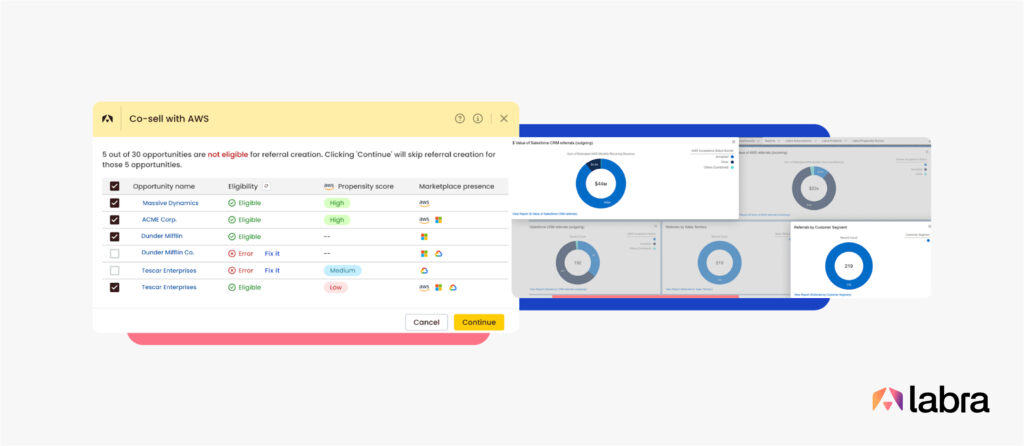
Labra’s Co-Sell solution takes the friction out of partner collaboration. Share opportunities, register deals, and track partner impact — right from your CRM. Empower your team with real-time visibility, faster approvals, and compliance peace of mind, all without the usual back-and-forth.
With Labra, you can:
- Trigger automated partner workflows directly from your CRM.
- Stay in the loop with instant alerts for registrations, approvals, and updates.
- Measure deal influence with built-in co-sell reporting.
- Get expert help from Labra’s dedicated co-sell specialists.
It’s co-selling made simple, scalable, and smart.
“Strong AWS co-selling partnership needs an accurate and automated pipeline. The Labra platform created that for Rubicon and AWS.”
– Lilly Chadwick, Ex-Manager, Smart Cities, Rubicon.
Ready to fastrack your co-sell success? Get started with Labra today.
